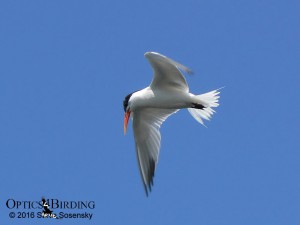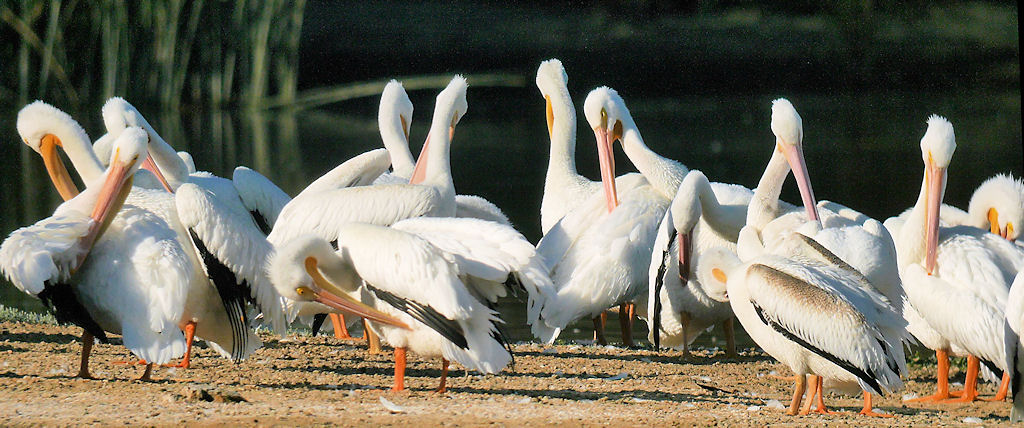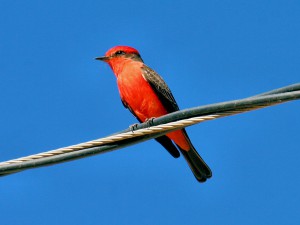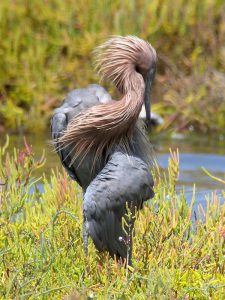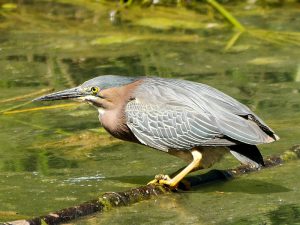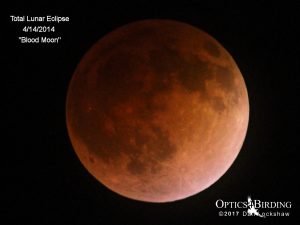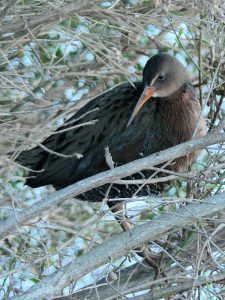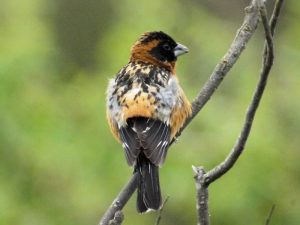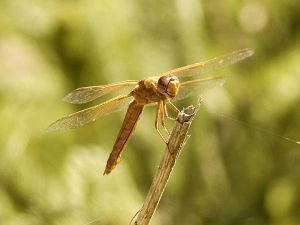
Female Flame Skimmer
To paraphrase Forest Gump’s mother, wildlife photography, especially video, is like a box of chocolates – you never know what you’re going to get. Animals do things on their own volition, so it always pays to wait and watch.
After looking at shorebirds along the Los Angeles River last fall, we walked back to the car through a park along the river. It was late morning and butterflies and dragonflies were quite active. Although we are primarily birders, we are interested in all of nature. So, we stopped to see what we could find.
Dragonfly Feeding Behavior
Dragonflies have two main methods of getting food: hawking and patrolling. In hawking, the dragonfly perches on the end of a branch, stump, or rock and waits for its prey to come flying by. In patrolling, the dragonfly flies up and down an area, often a path or road, and searches out its prey. Patrolling dragonflies are notoriously difficult to photograph because they are hardly ever stationary.
The Wildlife Photography Surprise
As we walked along, I noticed a Flame Skimmer. It was sitting perched on a stick in the middle of a planted area. Fortunately, Flame Skimmers are hawking dragonflies, so I decided to digiscope some video through my Kowa TSN-884 spotting scope with my micro four thirds camera. I set up, zoomed in, and started recording, waiting for something interesting to happen. The first few times the skimmer flew off its perch, I stopped recording, but it kept returning. Interested in showing that behavior, I started a new clip and decided to let the video run until it came back. Was I ever surprised and happy.
Letting the video run really paid off. When the Flame Skimmer returned to its perch, it was chewing away on a gnat! I never expected that. What a surprise! Isn’t wildlife photography fun?

